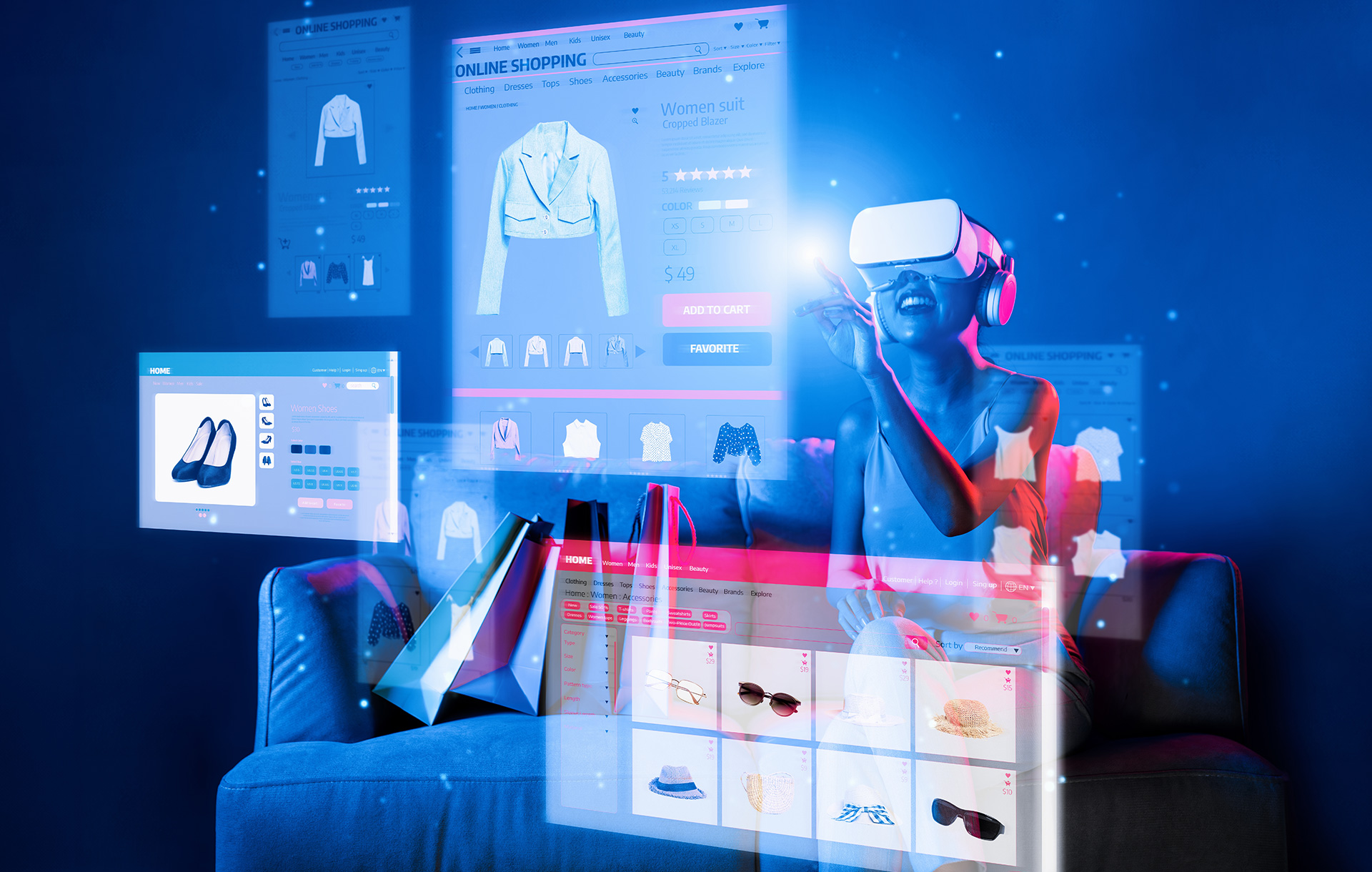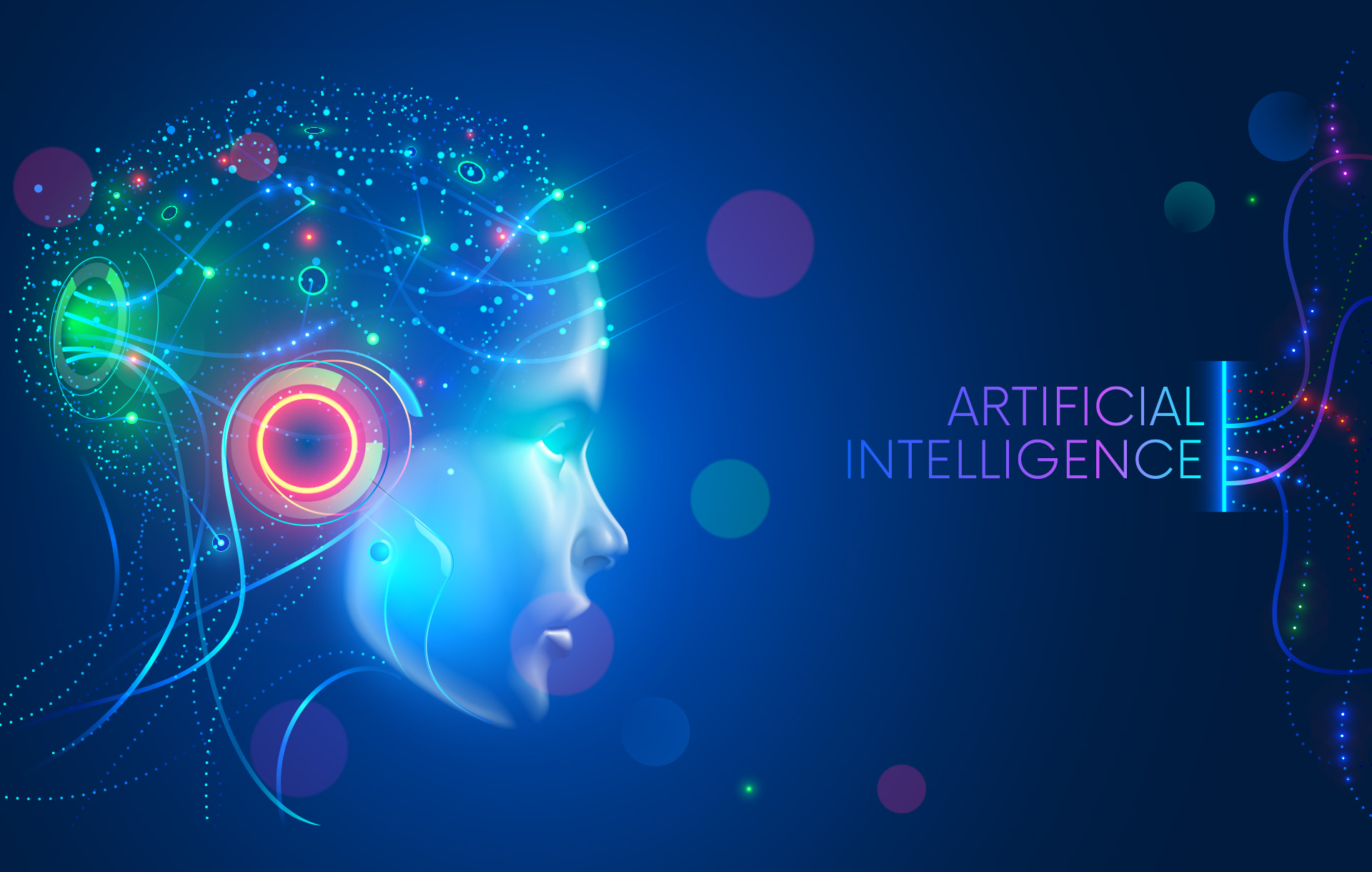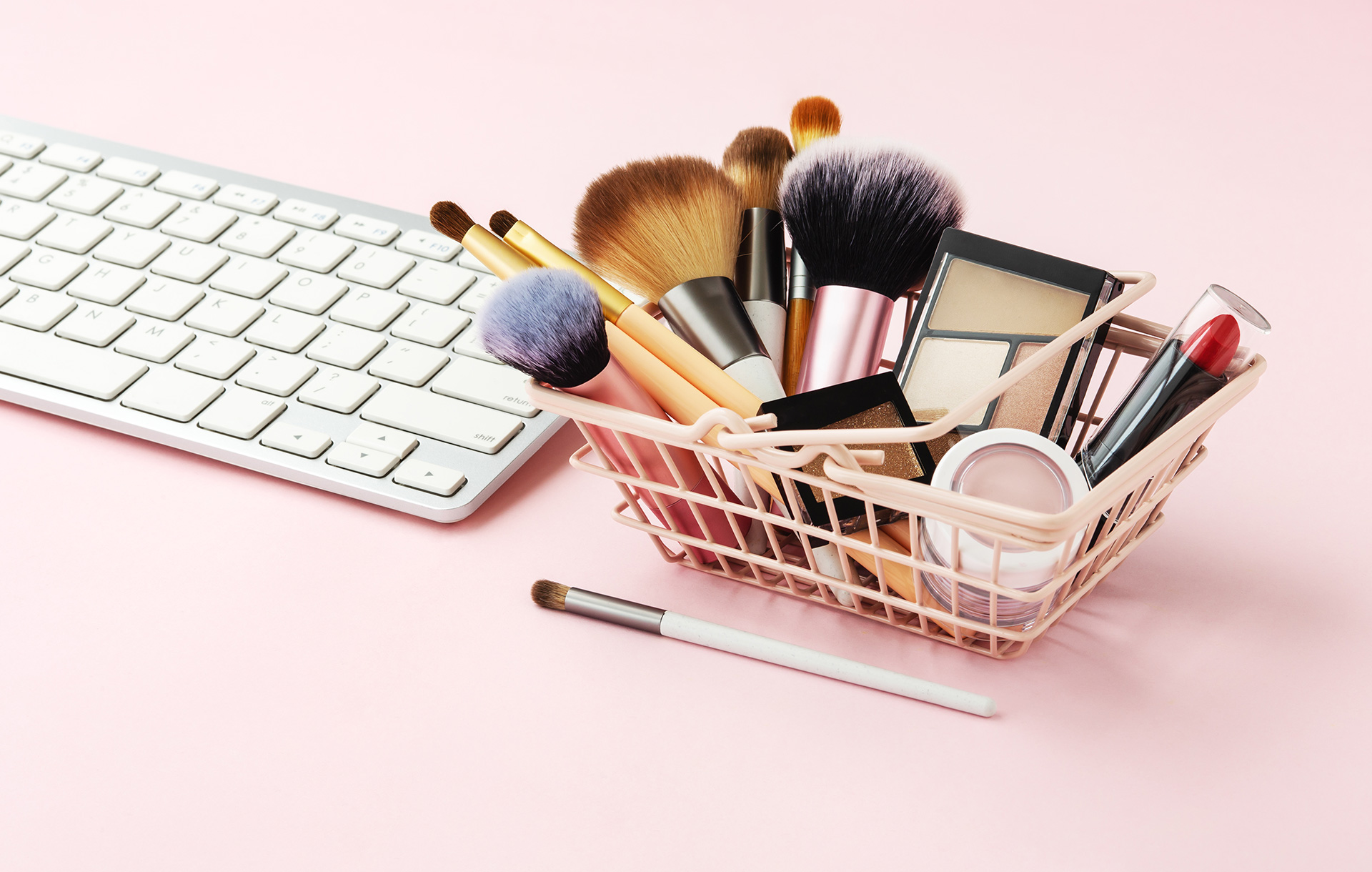Crafting Digital Elegance: A Glimpse into Luxury Ecommerce Design Trends
The world of luxury ecommerce is an eclectic fusion of art and technological innovation. Navigating this space requires more than just understanding your audience; it’s about captivating their senses and translating the allure of luxury items into the digital realm.
You also have to factor in that competition is fierce at the moment. The global luxury goods market is estimated to be worth over $242 billion, with this figure forecasted to exceed $369 billion by 2030.
So, the industry is clearly soaring, with more affluent consumers seeking the convenience of online shopping without sacrificing the bespoke experience they associate with luxury brands.
Because of this, luxury ecommerce design is of enormous importance. After all, consumers expect luxury in every detail, including your website. The experience shouldn’t be compromised because it has moved online.
Role of Design in Elevating Luxury Brands Online
So, why does ecommerce design matter in the luxury marketplace? Let’s explore this further.
Differentiate your brand by providing a unique digital experience
With the saturation of ecommerce, luxury brands must offer more than just products; they need to deliver experiences.
Virtual showrooms, interactive product histories, and augmented reality try-ons are just a few of the methods a luxury web design agency can implement to help you stand out.
These unique digital interactions encapsulate the essence of your brand, offering a digital replica of a tangible luxury experience.
Strengthen customer loyalty via digital touchpoints
Every interaction a user has with your brand, from viewing an Instagram ad to navigating your website, forms a ‘digital touchpoint’.
Ensuring that each touchpoint exudes your brand’s spirit is vital for luxury brands.
A cohesive, branded design across all platforms and points of contact enhances brand recall and strengthens customer loyalty.
Using design to craft a narrative
Every luxury brand carries a story, a history steeped in craftsmanship, tradition, and innovation. Translating this narrative online requires more than just text.
Cinematic visuals, evocative audio, and interactive timelines can weave a digital story, allowing users to embark on a journey with the brand, deepening their connection and engagement.
Best Practices for Designing Luxury Ecommerce Sites
Now that you know about the importance of luxury website designing, we’re going to take a look at some of the best practices for achieving this.
- Responsive and adaptive design – Think about your target consumer base. A global luxury shopper isn’t likely to sit at a desktop computer all day. They shop on tablets, phones, and even smartwatches. Ensuring a seamless transition across these devices is crucial. Both responsive (flexible layout) and adaptive (multiple fixed layouts) designs can help. The aim is to provide an uncompromised luxury experience irrespective of the screen size or device.
- Minimalism– Simplicity and elegance often go hand in hand. Minimalistic design eradicates unnecessary elements, focusing the user’s attention on the products and the brand’s core message. This decluttered space, characterised by wide spaces, refined colour schemes, and concise typography, subtly conveys luxury without overwhelming visitors.
- Premium images and immersive video content – As you won’t interact with the customer face-to-face, visuals convey the quality and detail of luxury products. High-resolution photos with zoom-in capabilities, 360-degree views, and cinematic video content can bring products to life, allowing users to appreciate the intricacies and craftsmanship.
- Intuitive navigation and simplified site flow – A luxury shopping experience should be effortless. Intuitive navigation ensures that users can focus on the products and their experience rather than figuring out the website’s mechanics. So, luxury ecommerce design needs a well-organised menu, clear call-to-action buttons, and a simplified checkout process.
Top Luxury Ecommerce Design Trends
The online world never remains still, and this certainly applies to luxury ecommerce. So, with that in mind, let’s look at some of the latest ecommerce design trends.
Augmented Reality (AR) and Virtual Reality (VR)
The lines between the digital and physical worlds are blurring. With AR and VR, users can virtually ‘try on’ products or explore a digital showroom from the comfort of their homes, bridging the gap between online and offline shopping.
Interactive storytelling elements
Brands are leveraging interactive timelines, scroll-triggered animations, and multimedia content to narrate their legacy and ethos. This digital storytelling informs and engages, turning passive browsing into an interactive journey.
Parallax scrolling and dynamic animations
Creating depth and movement, parallax scrolling gives luxury sites a dynamic feel. When coupled with subtle animations, such as product reveals or hover-triggered content, it enhances user engagement, making browsing a multisensory experience.
Bold typography and striking colour palettes
Typography is no longer just about readability; it’s about making a statement. Bold, artistic typefaces, often custom-made for a brand, paired with striking yet refined colour palettes, reflect modern luxury.
Emerging Technologies Shaping Luxury Ecommerce Design Trends
Technological innovation is impacting all industries. Luxury ecommerce is no different. So, let’s explore some of the emerging technologies that are shaping trends in this sector.
- AI-driven personalised user experiences – The modern luxury shopper craves exclusivity. AI facilitates this by analysing user behaviour, purchase histories, and browsing patterns to craft tailored shopping experiences. From personalised product recommendations to adaptive website layouts, AI ensures every user feels like they’re receiving the VIP treatment.
- Voice-activated shopping interfaces – With devices like Amazon’s Alexa and Google Assistant becoming household staples, voice commerce is rising. Luxury brands are harnessing this, allowing users to verbally describe their desires, search for products, or even make purchases, streamlining the shopping process and adding an extra layer of convenience.
- Real-time 3D product customisation – Luxury is about uniqueness. 3D customisation tools allow users to modify products in real time, tweaking colours, materials, or even designs. This immersive tool boosts user engagement and empowers customers to create bespoke items that resonate with their personal style.
- Blockchain-enabled product authenticity checks – Counterfeits are the bane of the luxury industry. Blockchain technology provides an immutable record of a product’s history, ensuring its authenticity. Shoppers can trace a product’s journey from creation to sale, guaranteeing they purchase genuine luxury items.
Case Studies: Examples of Luxury Website Designs
Gucci’s Immersive Experience
Gucci, the Italian luxury brand, needed to maintain its image of opulence and artistry in the digital space. Their online store would not only sell products but also the brand’s story and heritage.
Design implementation:
- Virtual try-ons – Gucci incorporated augmented reality (AR) to allow users to try on shoes, sunglasses, and other accessories virtually. This technology integration offered a personalised shopping experience, letting customers feel a bit of in-store luxury from their devices.
- Gucci Stories: The site hosts editorial content named ‘Gucci Stories’ where visitors are taken through the world of Gucci – from its history to behind-the-scenes fashion shows, keeping the narrative and brand’s ethos alive.
Blending immersive tech with engaging content led to increased user interaction, with visitors spending more time on the site, ultimately increasing conversions.
Rolex’s Timeless Presentation
Rolex, synonymous with timeless luxury, approached its ecommerce platform with the challenge of translating the tangible experience of feeling a watch into a virtual space.
Design implementation:
- High-resolution imagery – Each watch has ultra-high-resolution images, allowing users to zoom in and appreciate the intricate craftsmanship.
- Interactive 360-degree views – Customers can interact with the watches, rotating them 360 degrees to view every angle.
- Storytelling – Rolex uses video content effectively to narrate the story behind each collection.
The outstanding clarity and interactive elements on the Rolex site give potential buyers confidence, making them more inclined to purchase online.
Expert Insights: Perspectives from Industry Leaders
Angela Ahrendts, Former CEO, Burberry:
“You have to create a consistent brand experience however and wherever a customer touches your brand, online or offline. The lines are forever blurred.”
Marco Bizzarri, CEO of Gucci:
“Digital luxury means personalised luxury.”
Tina Sharkey, Co-Founder and Former CEO of Brandless:
“It’s less about technology for technology’s sake, and it’s more about delivering value to the end consumer.”
Ian Rogers, Chief Digital Officer at LVMH:
“The biggest mistake in ecommerce is thinking it’s a channel. Ecommerce is a way to communicate. If you think about it as a channel, you’re thinking about it all wrong.”
Recap of Key Luxury Ecommerce Design Takeaways
Luxury ecommerce design isn’t merely aesthetic; it plays a pivotal role in defining brand perception, user engagement, and, ultimately, sales. Emerging technologies, be it AI, AR, or blockchain, are shaping the future, making it essential for brands to stay updated. Yet, amidst this tech-driven revolution, the heart of luxury – its heritage, craftsmanship, and exclusivity – must remain at the core of every digital endeavour.
Subscribe To Us
Contributors
Categories
Subscribe To Us
Contributors
Categories

This website uses cookies so that we can provide you with the best user experience possible. Cookie information is stored in your browser and performs functions such as recognising you when you return to our website and helping our team to understand which sections of the website you find most interesting and useful. Third party cookies such as Google Analytics is also used on this site to provide analytics in order to better understand the user engagement on our site.
You can adjust all of your cookie settings by navigating the tabs on the left hand side.
Strictly Necessary Cookie should be enabled at all times so that we can save your preferences for cookie settings.
If you disable this cookie, we will not be able to save your preferences. This means that every time you visit this website you will need to enable or disable cookies again.







0.Comments